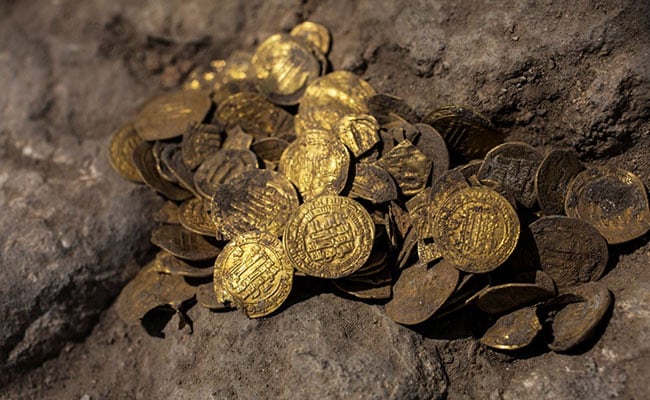A couple discover over ₹2 crore gold coins in the kitchen during the renovation
A life-changing event occurred in a UK couple’s life when they decided to renovate their house. According to a report by The Times, a UK-based couple found 264 gold coins under the floor of their kitchen.

The North Yorkshire couple has decided to sell these ancient gold coins, which are worth 250,000 pounds ( ₹2.3 crores).
The collection, which is reportedly more than 400 years old, will be sold through an auction, which is being handled by Spink & Son.
The surprising discovery was made when the couple lifted the floorboard of their 18th-century detached property in the village of Ellerby.
Initially, the couple thought they had hit an electric cable when they lifted the floor. But they found a stash of coins inside a metal, about the same size as a coke can buried just six inches under the concrete.
The couple has been staying in that house for the past 10 years.
When the couple inspected the stash, they found, that the coins were dated from 1610 to 1727, during the reigns of James I and Charles I.
n a separate incident, 86 gold coins were found in Madhya Pradesh’s Dhar district in August this year. Eight labourers allegedly stole 86 gold coins worth about ₹60 lakh found by them during the demolition of an old house in Madhya Pradesh.
The labourers then distributed the ‘ginnis’ (gold coins), which may be of archaeological importance, among themselves without informing local police following which they were arrested, Additional Superintendent of Police Devendra Patidar said.
He said the labourers found the coins while removing the debris of an old house a few days back. Following a tip-off, the police came to know that the eight labourers distributed the coins among themselves, he said.
The police arrested these labourers and seized 86 coins collectively weighing around one kilogram.
The price of those coins is about ₹60 lakh, but it may go up to ₹one crore after ascertaining their archaeological significance.





